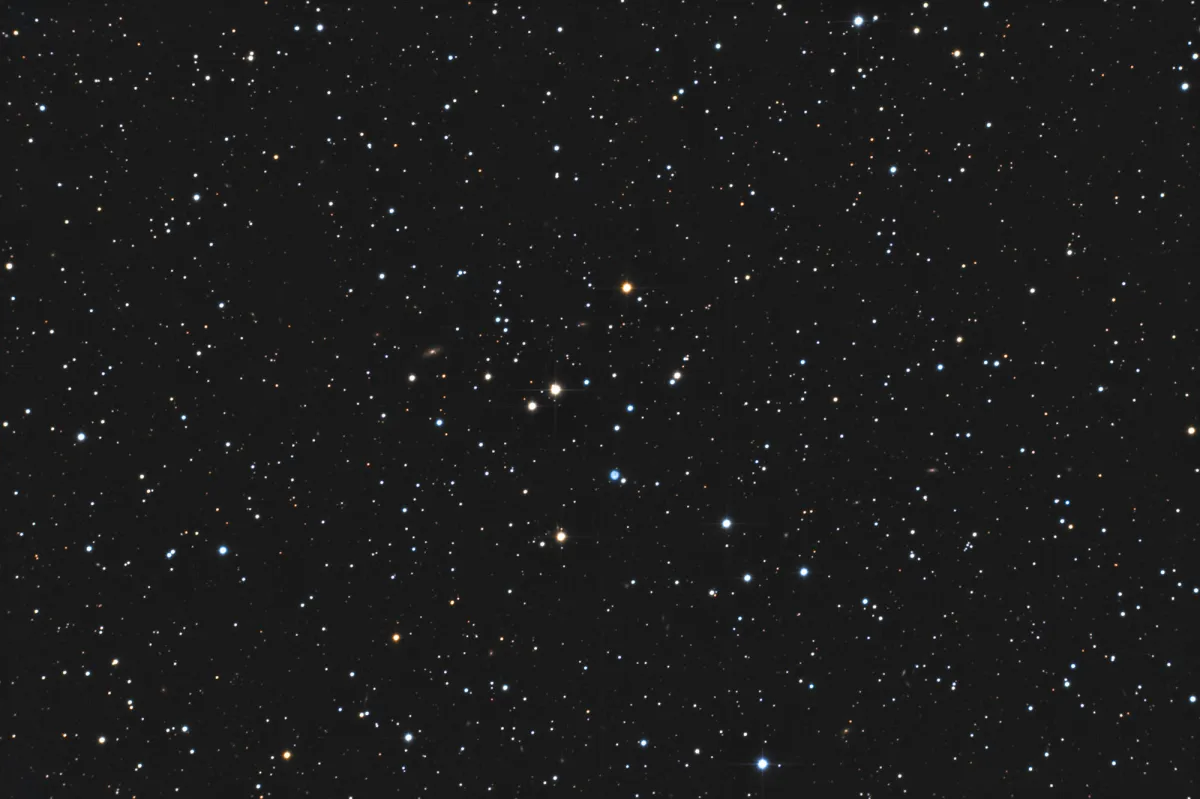Planetary Nebula IC 2003

History
This planetary nebula was first sighted on 18 January 1907 by the British Astronomer Thomas Espin. He was looking for new double stars using his private 17.25 inch Calver reflector from his observatory at Tow Law, Co. Durham, UK. With later observations he measured this «conspicuous object equal to a 10 magnitude star» as an elongated disk with 6.9 x 6.35 arcseconds in diameter and the major axis roughly at position 10.5°. Sometimes it looked like two nebulae. A small star was noted south preceding. His observations suggested a planetary nebula. Professor Burnham observed the nebula with the 40 inch telescope on Yerkes Observatory on 20 February. [624] John L. E. Dreyer added the nebula as IC 2003 in his «Second Index Catalogue» that was published in 1910. [315]
Physical Properties
| Designation | IC 2003 |
| Type | PN |
| Right Ascension (J2000.0) | 03h 56m 22.0s |
| Declination (J2000.0) | +33° 52' 32" |
| Diameter | 0.33 arcmin |
| Photographic (blue) magnitude | 12.6 mag |
| Visual magnitude | 11.4 mag |
| Metric Distance | 6.135 kpc |
| Dreyer Description | pB, eS, lE ns, * 13 n 4", * 12 sp 18" |
| Identification, Remarks | PK 161-14.1; CS=15.3 |
Finder Chart
The planetary nebula is located in the south of constellation Perseus, exactly in the middle between the stars ξ Persei (Menkib) and ζ Persei. The best time to observe is July to April, when the circumpolar constellation is highest at night.
